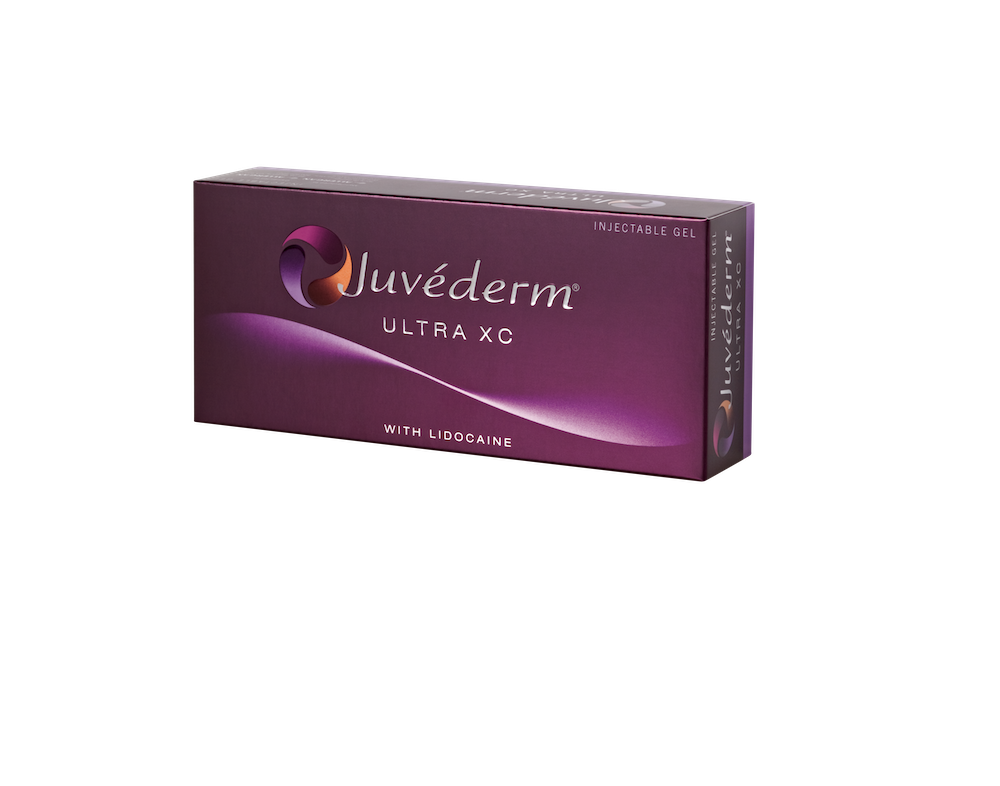
Dermal fillers such as Juvederm and Radiesse are FDA-approved medications used to temporarily correct age related moderate to severe facial wrinkles and folds. They are injected subdermally to add volume to the skin and give the area a smoother appearance. The effects of these fillers can last up to one to two years.
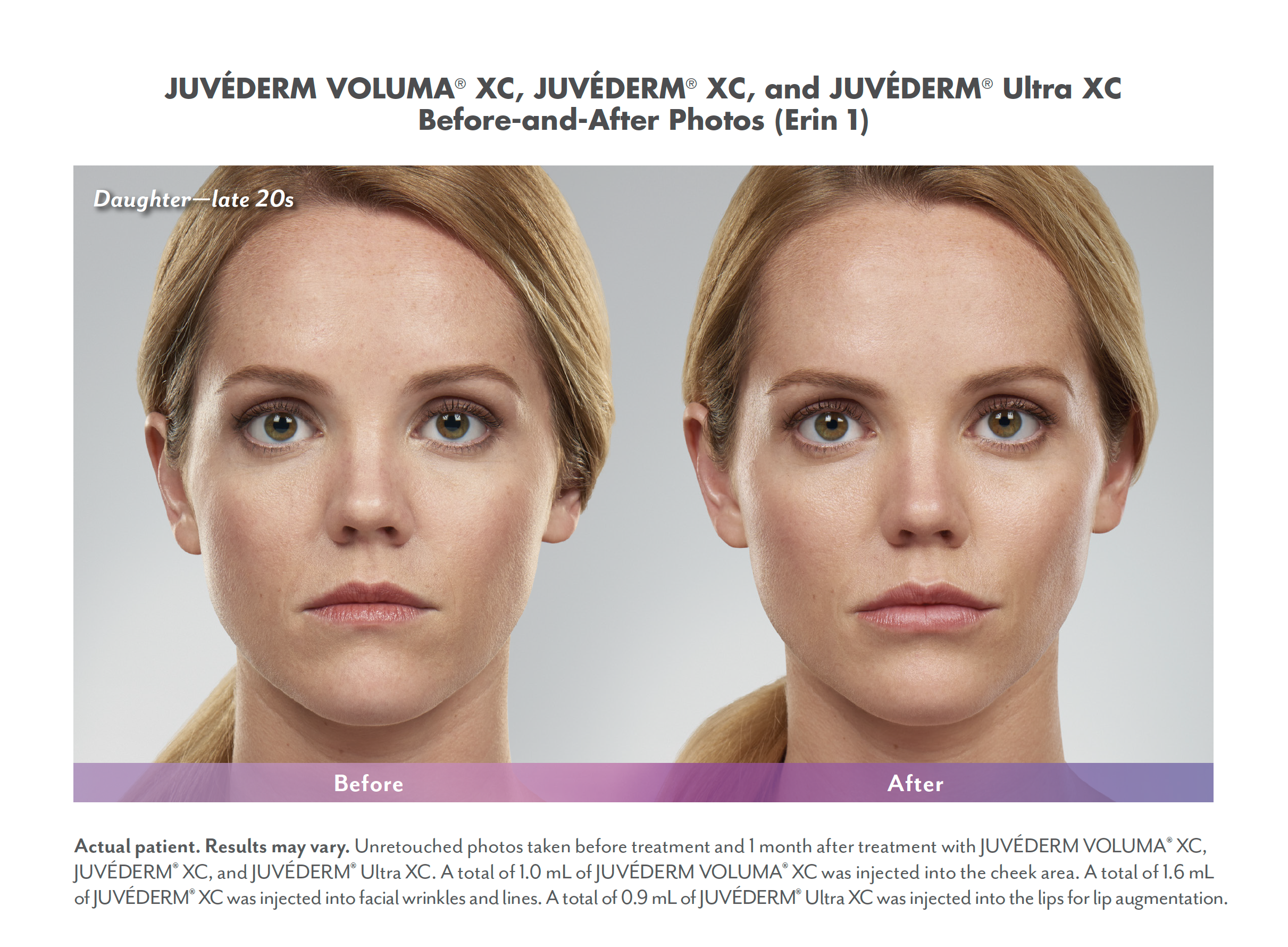
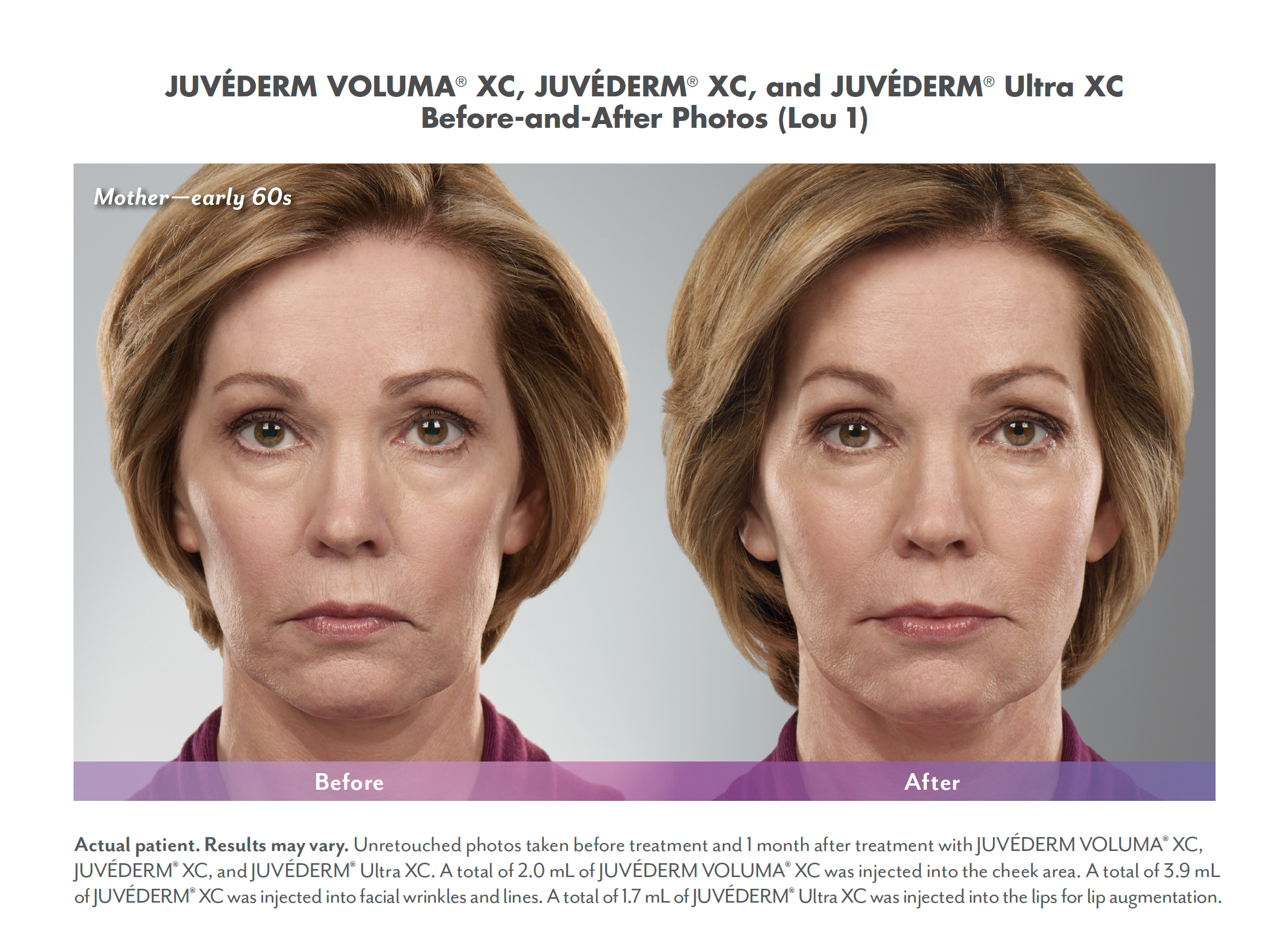
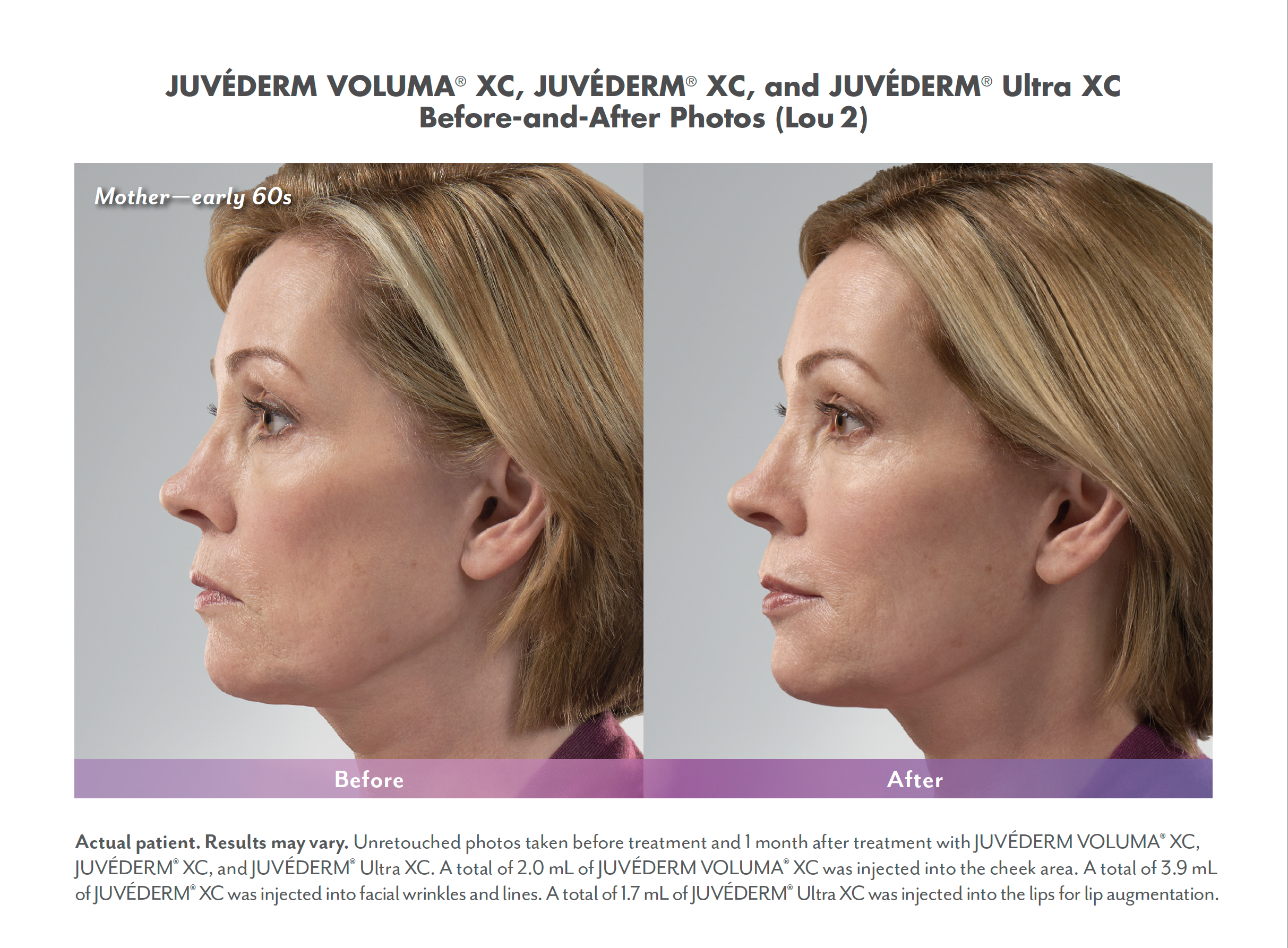

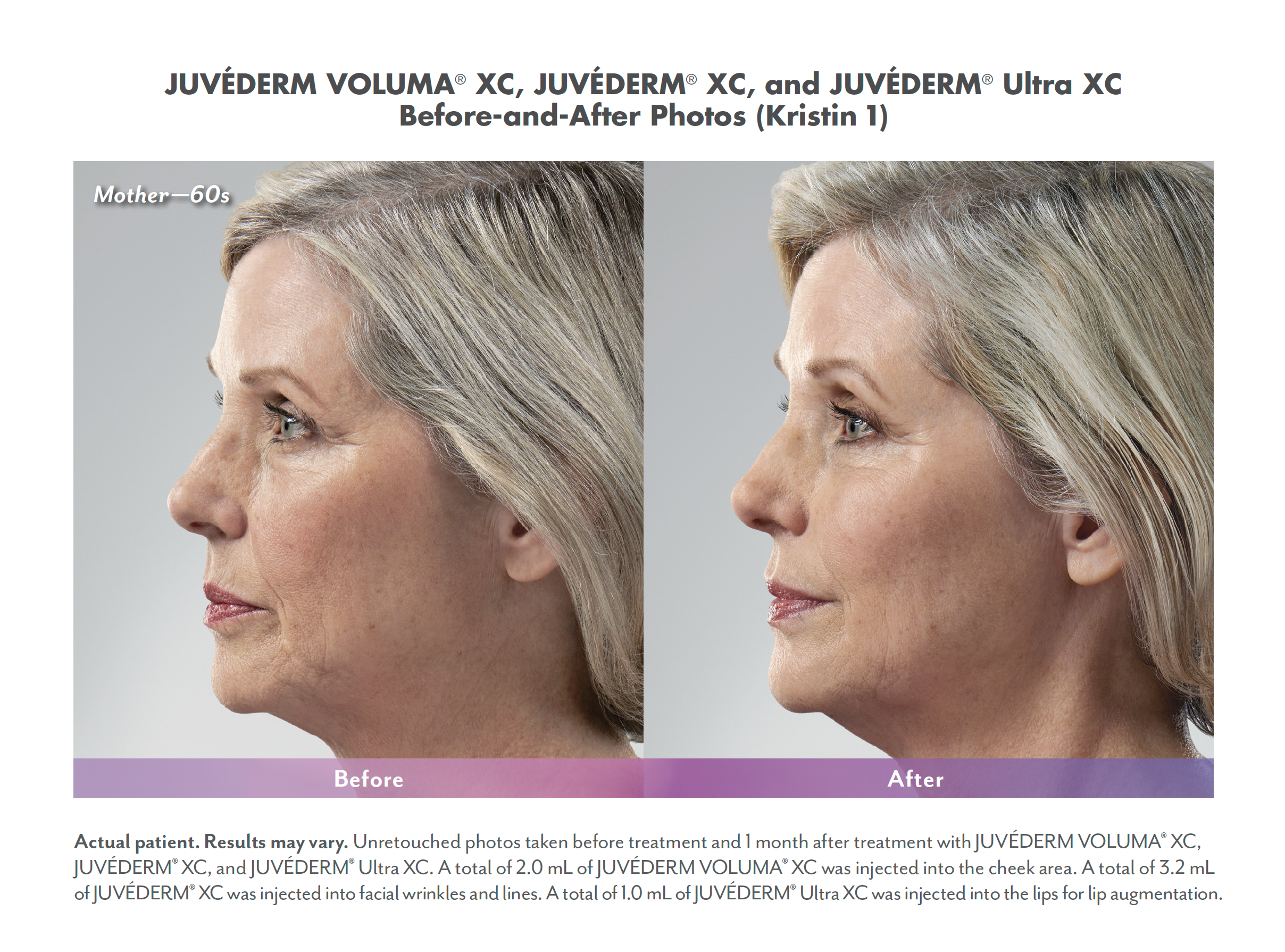
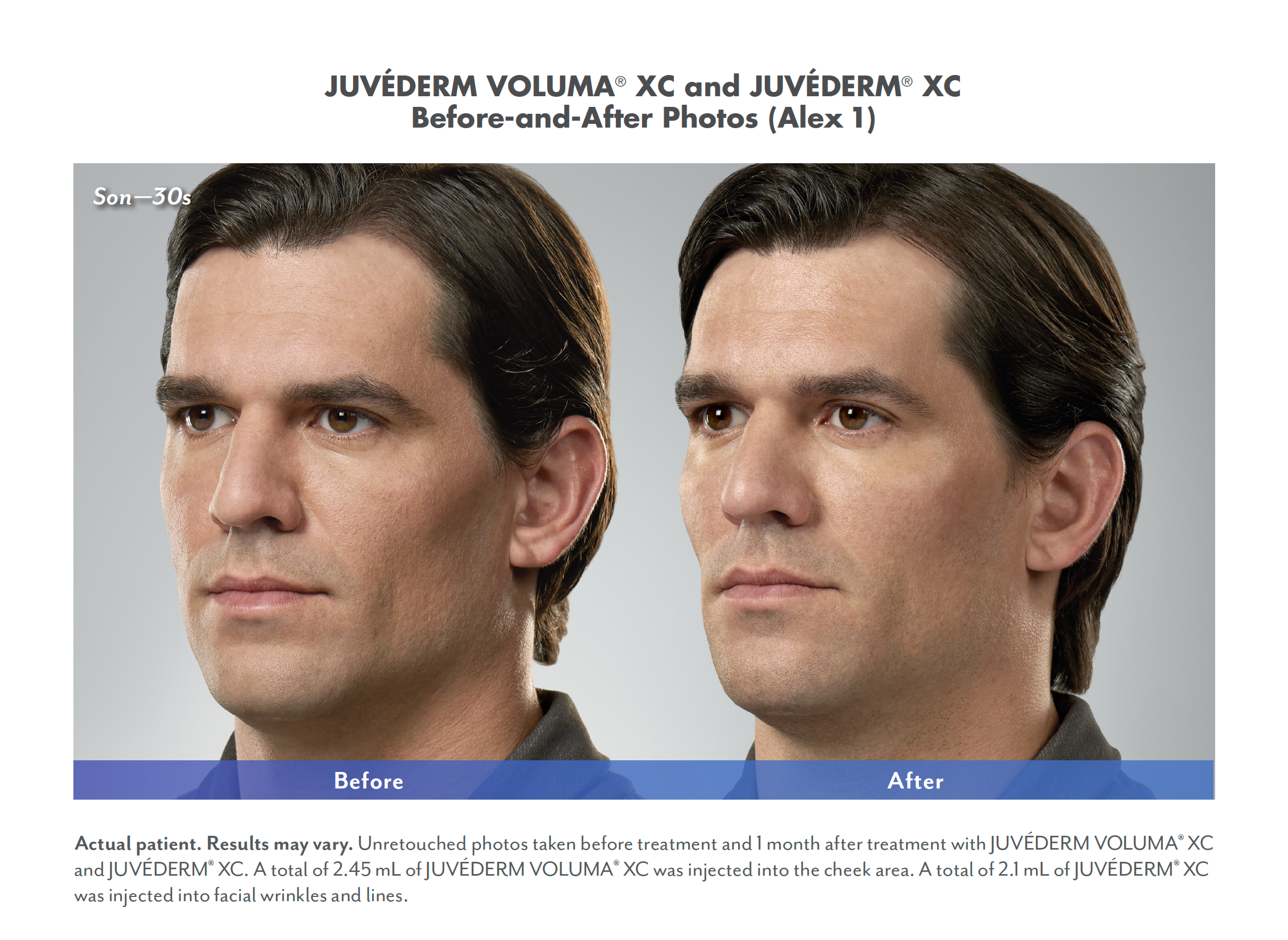
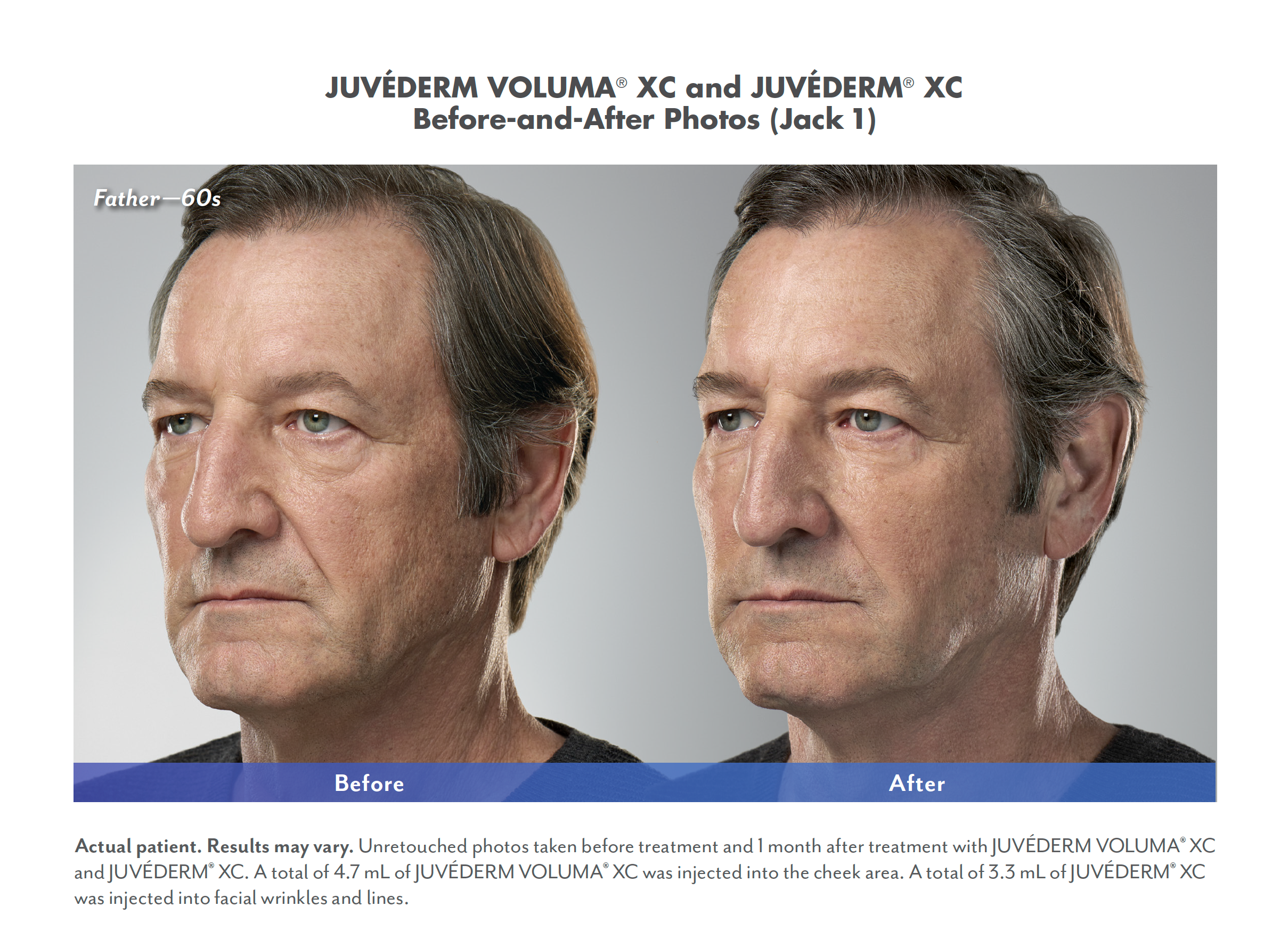
Dermal fillers are gel-like substances that are injected beneath the skin to restore lost volume, smooth lines, soften creases, or enhance facial contours.
Dermal fillers add volume to weakened facial features and can fill in moderate to severe wrinkles. As skin ages, it begins to lose collagen and hyaluronic acid, two fundamental substances that add structure and volume to the skin. When there is a lack of hyaluronic acid in the skin, cells are unable to hold enough water and collagen degenerates, leading to a loss of skin elasticity.
The most common use of fillers are adding volume to the cheeks, softening nasolabial folds (aka smile lines), adding definition to the chin and jawline, smoothing vertical lip lines around the mouth, and plumping up the lips.
Yes! There are several different types of FDA approved fillers that are used for different areas of the face. The Juvéderm family of dermal fillers consists of different variations of hyaluronic acid. Another common filler, called Radiesse, uses calcium hydroxylapatite to help stimulate your body’s own production of collagen to help restore elasticity and firmness. Hyaluronic acid fillers are often infused with lidocaine to help ease discomfort during and after treatment.
The difference between fillers includes variations in consistency, ingredients, and how long they last when injected. The best way to discover which dermal filler is right for you is to meet with our qualified physician who has extensive experience with a range of fillers, and knows which filler is best for the area you wish to treat.
Being injected with dermal fillers is a safe practice, but of course all procedures and medications have risks and this is no exception. The most common adverse reactions include minor bruising, redness, swelling, tenderness, or itching at the site of injection. Rare problems include infection and an allergic reaction. For a full list of adverse reactions, see the package insert at the Allergan website.
Hyaluronic acid is a naturally occurring sugar that is already produced in the skin. Hyaluronic acid (HA) has a unique capacity for retaining moisture in the skin and is known for its various skin benefits, particularly its ability to plump and hydrate the skin. Hyaluronic acid has become one of the most popular kinds of injectable fillers today.
Juvéderm is a thin gel made with a concentrated amount of hyaluronic acid. When injected beneath the skin, the hyaluronic acid draws in and binds to moisture, resulting in a volumizing plumping effect. This makes it very effective in filling out thin lips, creases around the eyes, and fine lines around the corners of the mouth.
Radiesse is a gel that contains small microspheres suspended in water and is composed mainly of calcium hydroxylapatite, a mineral that is present in the bones. When injected beneath the skin, the gel acts as a building block upon which collagen can grow. This causes the treated area to become tighter and smoother. It is especially effective in smoothing and filling creases and folds around the nose as well as add volume to the cheek bone, chin, and jawline.
Restylane and Juvéderm have similar long-term results, though you may see the effects of Juvéderm slightly quicker. Restylane can be used to treat the same areas of the face as Juvéderm, and tends to work particularly well to fill superficial to moderate wrinkles, plump the lips and smooth the folds around the nose and cheeks.
Juvéderm, Restylane, and Radiesse naturally break down and are eventually absorbed into the body, but the effects of increased moisture content and collagen production remain for quite some time.

The best compliment to us regarding fillers is that no one notices that you've had something done - you just look amazing!
CERAMIC FACES MADE BY LANI. *Results not typical.
